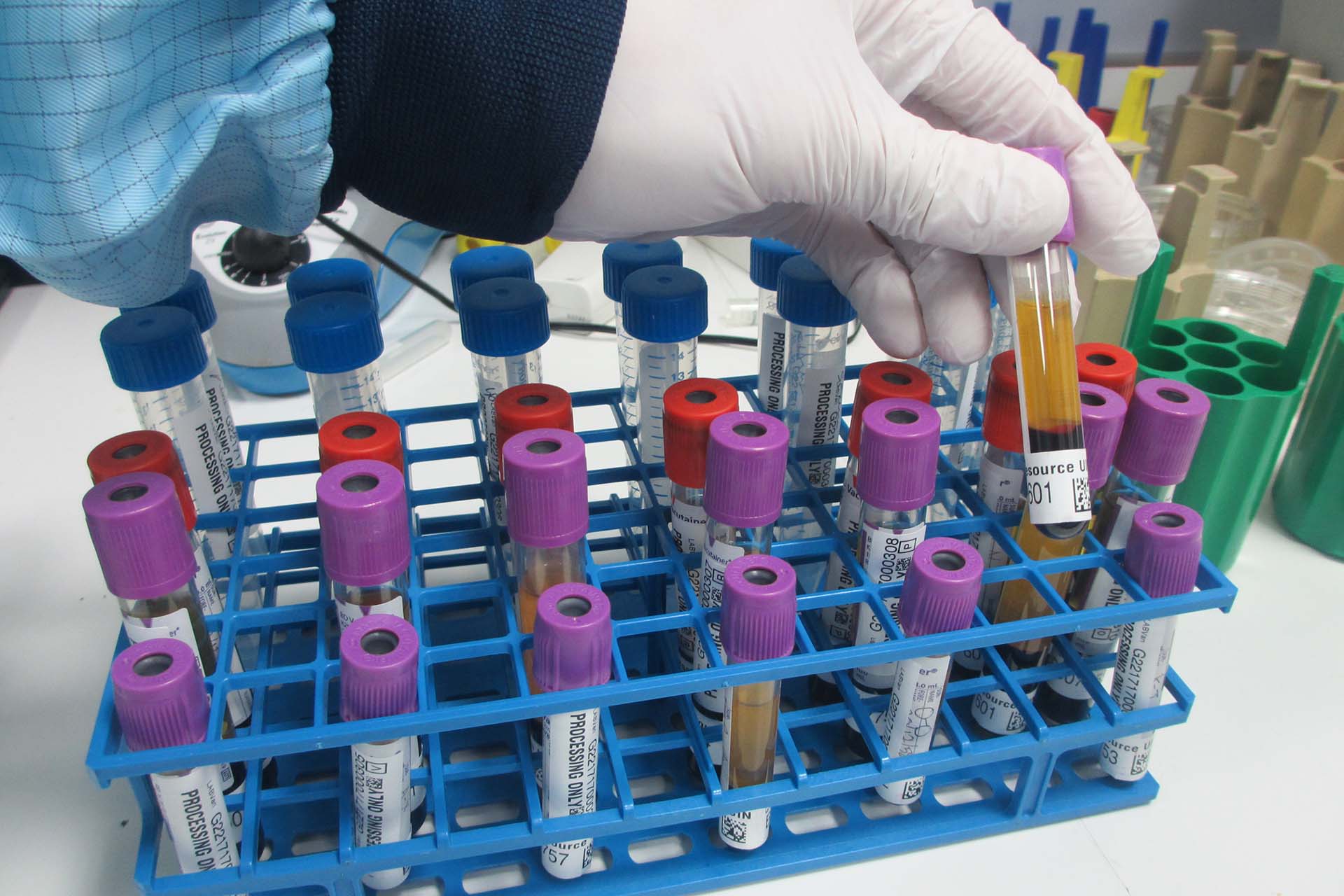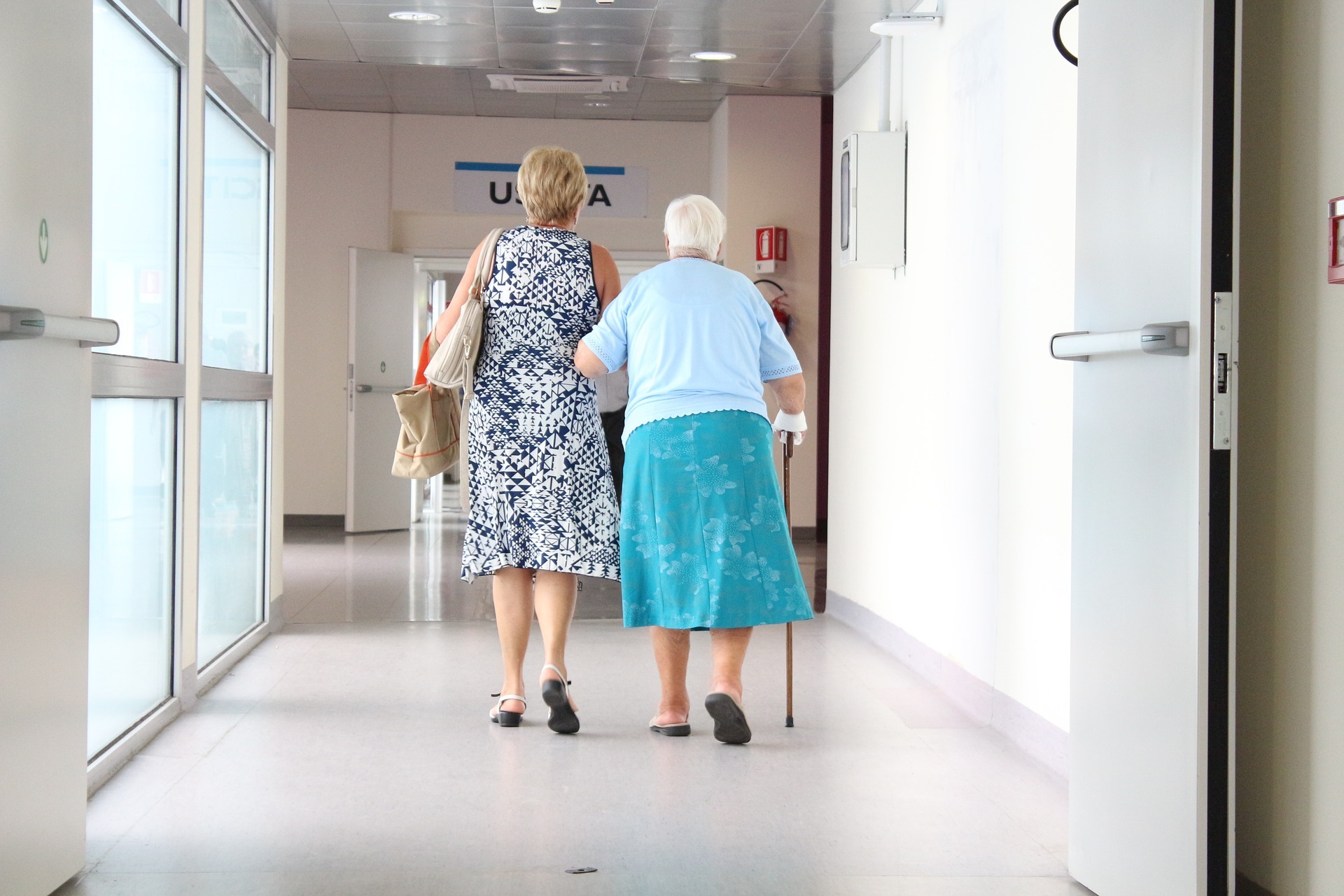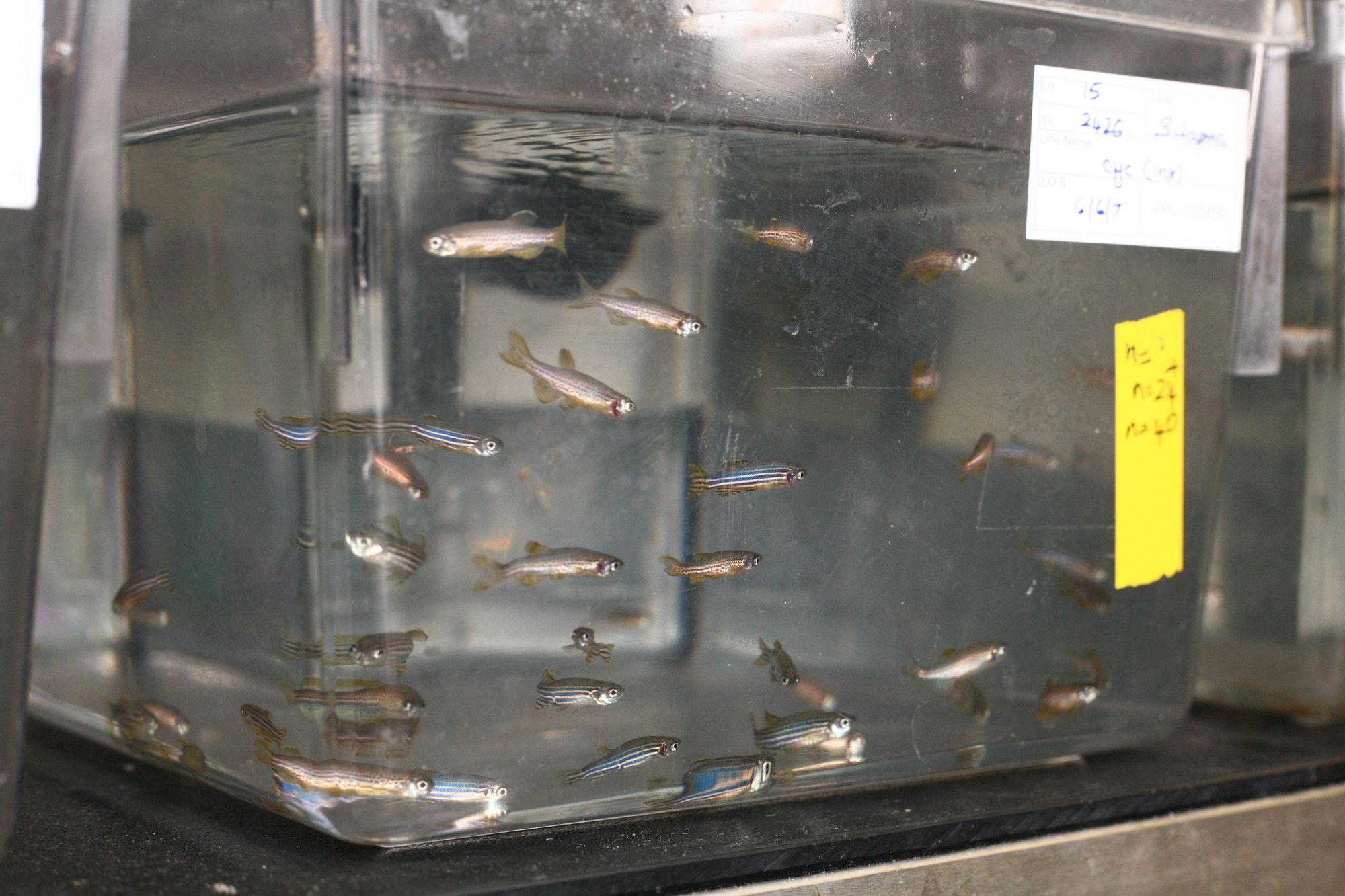What is biobanking?
A Short Introduction...
Biobanking refers to the process of collecting samples donated by a person, such as small amounts of their blood, urine, or tissue, and storing them for biomedical research. Often the samples are matched with other information about the person, such as sex and age, to make it more useful in research.
On this page you can find more information about biobanking.
We are a coordinating centre and so do not collect or store any samples ourselves. More information about sample resources in the UK can be found on the UKCRC Tissue Directory.
What are biobanks?
Biobanks are the places that store human samples for future biomedical research use.
We use the term 'human sample resources' instead of 'biobanks', because this term can be used to describe many organisations in research - biobank, biorepository, tissue bank, cohort study, and clinical trial.
Some sample resources store samples to answer a very specific question about health or disease. Others collect for future use without knowing exactly how the sample will be used.
Dr Phil Quinlan, Director of the UKCRC TDCC gives a short introduction to biobanking in this video.
How is biobanking regulated in the UK?
In the UK, different aspects of biobanking are covered by different government bodies.
The Human Tissue Authority (HTA) regulates organisations that remove, store and use human tissue for research, medical treatment, post-mortem examination, education and training, and display in public. The HTA regulates these activities in England, Wales, and Northern Ireland. More information can be found on their website.
The Health Research Authority (HRA) protects and promotes the interests of patients and the public in health and social care research. Most of their functions apply to research undertaken in England, but they also work closely with the other countries in the UK to provide a UK-wide system. More information can be found on their website.
Biobanking Basics
Read more about why samples are needed for research and about biobanking.
Introduction to Biobanking
Have you wondered what are samples, how they are stored and what they are used for? In this post, we explain various aspects of biobanking.
What to Expect When Donating
Are you curious about what happens when you donate samples for research? Find out more about what you can expect to happen if you participate in research.
Donation after Death
Most commonly, donation for research occurs while the donor is alive. This post explains the importance of donation after death for biomedical research.
Animal Research and Human Samples
Sometimes research does call for the transfer of human material into another species. This post explains some of the conditions of why human samples would be used in animal research.
Biobanking and Research
This section features blog posts highlighting how biobanking has contributed to research.
Biobanking and the Public
This section features blog posts that relate to raising awareness about biobanking.
Here you can read more about projects by our team, colleagues or others.






















